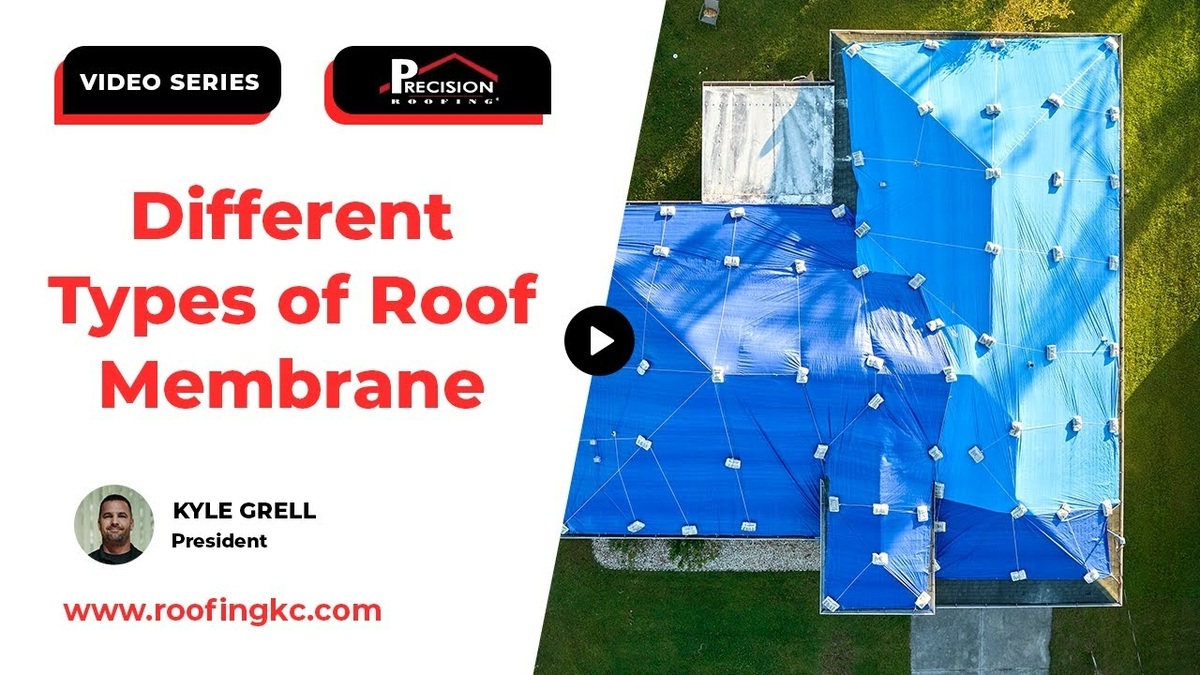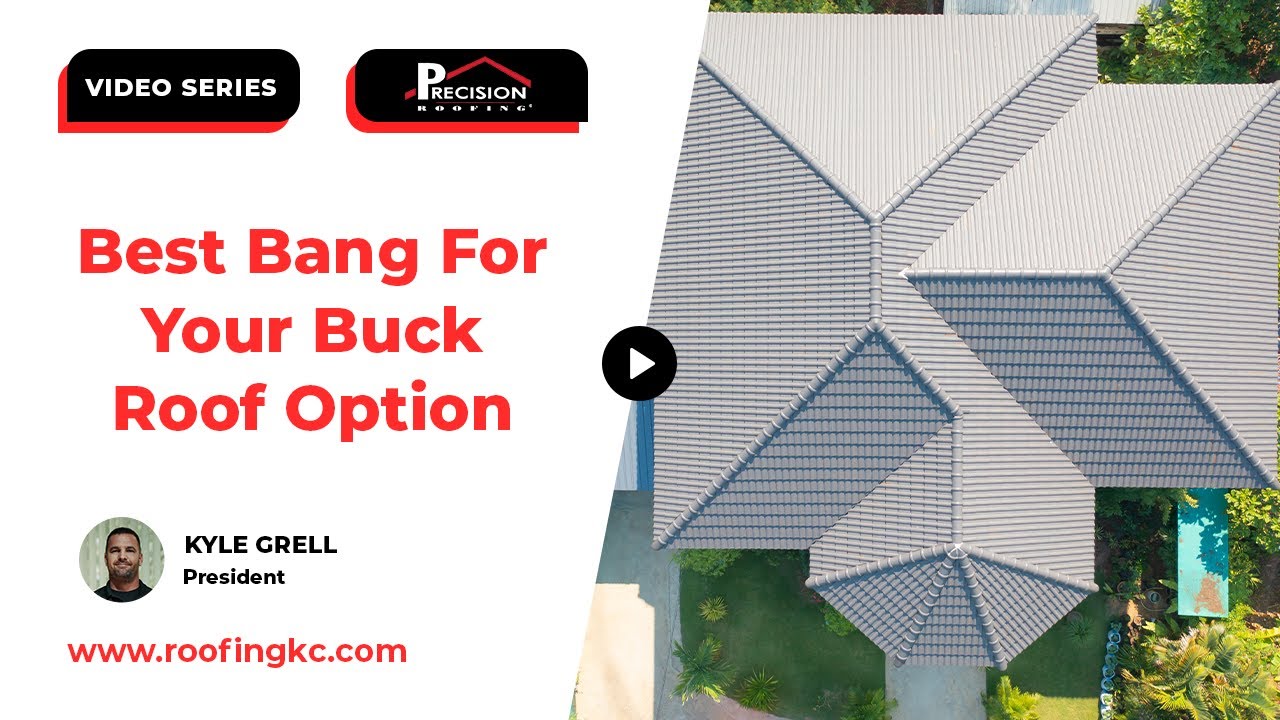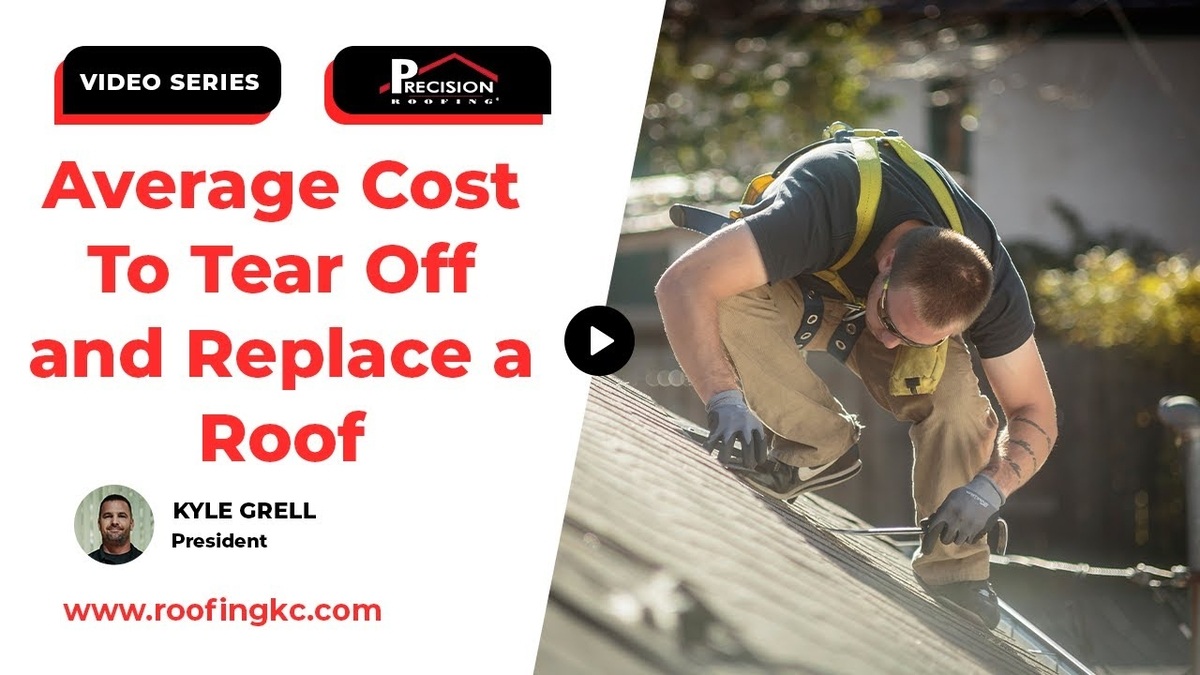A roof membrane is a waterproof layer that protects the building beneath. It seals the surface so rain, snow, and heat cannot reach the insulation or deck. When this layer wears out, water damage and high repair costs often follow.
Choosing the right roof membrane depends on your climate, roof design, and budget. Each option has its own strengths and lifespan. This guide explains how these materials compare so you can pick the best system for long-term performance.
Main Options for Roof Membranes
There are several materials used in roof membranes. Each works differently depending on the climate and budget.
EPDM Rubber Roofing
EPDM is a black rubber system. It is tough and can stretch when the weather changes. This makes it a solid choice for areas with freeze and thaw cycles.
Key Features:
- Flexible in both cold and heat
- It can last decades with proper care
- Widely used in the Midwest and northern regions
Pro Tip: Full EPDM systems can qualify for warranties up to 30 years.
Why Choose TPO Roofing
TPO is a white single-ply roof membrane. It reflects sunlight and helps reduce energy costs.
Benefits of TPO:
- Reflects heat away from the roof
- Installed in large sheets for faster work
- Resists mold and dirt
Strengths of PVC Roofing
PVC is another single-ply option with a white reflective surface. It is well known for its chemical resistance, making it good for certain businesses.
Key Points:
- Excellent for buildings with grease vents or exhausts
- Holds up well against water and chemicals
- Can come with warranties up to 30 years
Need expert help with different types of roof membranes? Contact Precision Roofing for a free consultation. We will guide you toward the right system for your climate, building, and budget.
Where Modified Bitumen Works Best
Modified bitumen, or “mod bit,” is made from asphalt and fabric layers. It is rolled on or applied with heat.
Pros of Modified Bitumen:
- Lower cost to install
- Reliable water barrier
- Performs best in warm southern climates
Key Takeaway: Mod bit saves money upfront but does not hold up as well in cold areas with freeze and thaw cycles.
Built-Up Roofing and Tar Applications
Built-up roofs (BUR) and tar systems are older styles that have been used for decades. They rely on multiple layers of felt and asphalt.
Highlights:
- Affordable compared to newer systems
- Still seen in hot weather regions
- Warranties usually reach about 20 years
Warranty Differences You Should Know
Warranty coverage is often the deciding factor. Asphalt systems like BUR and mod bit typically offer 20-year protection. Single-ply membranes such as EPDM, PVC, and TPO can extend up to 30 years when installed as full systems.
Pro Tip: Choosing a roof with a longer warranty often saves money over time since you will not need a replacement as quickly.
Final Thoughts
There are several different types of roof membranes, each designed for waterproofing and durability. EPDM, TPO, and PVC are single-ply systems that last longer and usually come with stronger warranties. Built-up and modified bitumen systems are less expensive but often have shorter coverage and are better in hot climates.
At Precision Roofing, we install roof systems that protect your property for the long term. Contact us today to get a free quote and learn which roof membrane is the best choice for your building.
Call Precision Roofing now and let our team help you select the right roof membrane for lasting protection.



